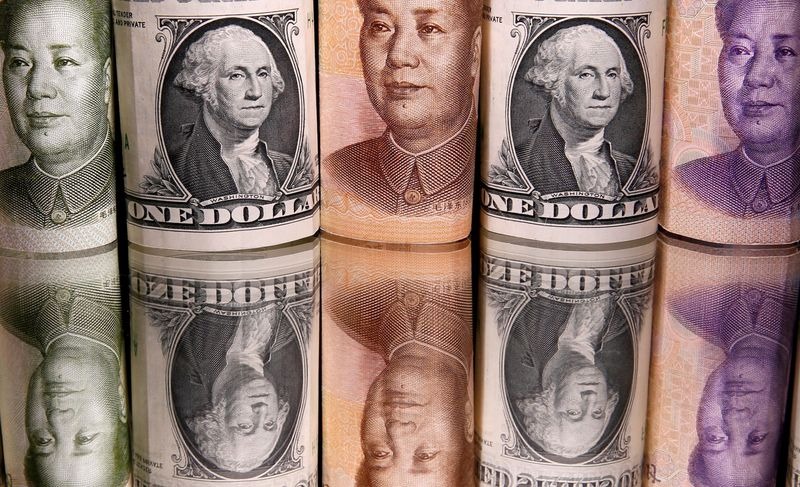Early European trade on Friday saw a strengthening of the US dollar, while the Chinese yuan crossed a significant threshold as risk appetite was dampened by worries about increasing interest rates and a probable recession.
The Dollar Index, which compares the dollar’s value to a basket of six other currencies, rose 0.1 per cent to 109.545 at 03:10 ET (07:10 GMT), not far from its two-decade high of 110.79.
Both the World Bank and the International Monetary Fund issued warnings about an imminent global economic slowdown late on Thursday. Indermit Gill, the World Bank’s chief economist, expressed alarm about a period of low growth and high inflation known as “generalized stagflation.”
As many central banks actively tighten monetary policy to confront inflation at unprecedented levels, concerns about a worldwide recession are mounting.
The Bank of England is anticipated to raise interest rates for the eighth meeting in a row, while the Federal Reserve is widely anticipated to raise rates by 75 basis points next week.
This pessimistic economic prognosis has affected the riskier currencies, with the dollar being the primary gainer.
For the first time in almost two years, the Chinese yuan traded over the important 7-per-dollar level, with USD/CNY up 0.3 per cent to 7.0121, despite data showing China’s economy to be surprisingly resilient, with manufacturing output growing faster than anticipated and retail sales growing at the fastest rate.
Prior to the announcement of the August Eurozone CPI data, EUR/USD decreased 0.1per cent to 0.9990, trading below parity. This is anticipated to demonstrate that despite the region’s struggles to deal with skyrocketing energy prices, inflation in the bloc remained resolute, rising 0.5 per cent on the month and 9.1 per cent on the year.
As a result of the cost of living problem outweighing some slight relief from rising gasoline prices in the month, UK retail sales suffered their biggest decline of the year thus far in August, falling 1.6 per cent on the month and 5.4 per cent on the year, causing the GBP/USD to drop by 0.3 per cent to 1.1424.



